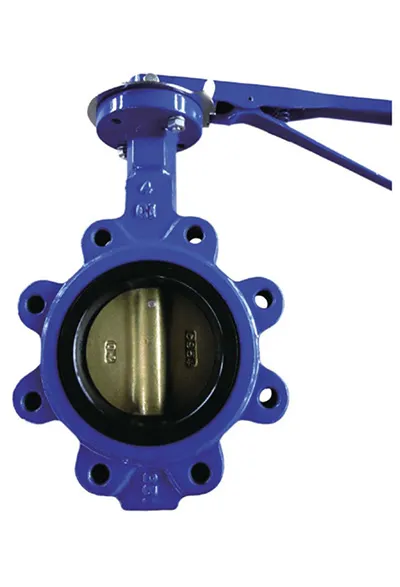Oct . 05, 2024 17:24 Back to list
Understanding the Benefits and Applications of Rubber Joint Solutions in Various Industries
Understanding Rubber Joints Essential Components in Modern Engineering
Rubber joints, also known as rubber expansion joints or flexible rubber joints, play a crucial role in various engineering applications across multiple industries. These versatile components are designed to absorb vibrations, accommodate movement, and reduce noise in piping systems and machinery. Their unique properties make them indispensable in maintaining the efficiency and longevity of infrastructure.
One of the primary functions of rubber joints is to absorb thermal expansion and contraction in pipes. As temperatures fluctuate, materials expand or contract; rubber joints provide the necessary flexibility to manage these changes without causing stress on the piping system. This flexibility is vital in preventing leaks and system failures, particularly in applications involving hot water or steam lines.
In addition to accommodating thermal movement, rubber joints effectively dampen vibrations generated by machinery or fluid flow
. Vibrations can lead to wear and tear on pipes and other components, potentially resulting in costly repairs or replacements. By installing rubber joints, engineers can significantly reduce the impact of these vibrations, thereby enhancing the overall integrity of the system.rubber joint

Noise reduction is another significant benefit of using rubber joints. In industrial environments, excessive noise can be a serious concern, affecting both worker comfort and productivity. Rubber joints help minimize sound transmission through pipes, creating a quieter work environment. This is especially important in facilities where precision and concentration are critical, such as manufacturing plants and laboratories.
Rubber joints come in various shapes and sizes, tailored to meet specific application requirements. Common designs include single arch, double arch, and convoluted types, each offering unique advantages. For instance, convoluted rubber joints provide greater flexibility and are ideal for systems with substantial movement. The choice of joint depends on factors such as the type of fluid being transported, temperature, pressure, and the specific movement characteristics of the system.
Another important consideration in the use of rubber joints is the material used in their construction. Synthetic rubber compounds, such as EPDM (ethylene propylene diene monomer), neoprene, and fluorocarbon, exhibit excellent resistance to heat, chemicals, and ozone, making them suitable for a wide range of applications. Selecting the right material is crucial to ensuring the joint's longevity and performance.
In conclusion, rubber joints are essential components that enhance the performance and reliability of engineering systems. Their ability to accommodate movement, dampen vibrations, and reduce noise makes them invaluable in various applications, from plumbing and HVAC systems to industrial machinery. As technology advances and industries evolve, the role of rubber joints will continue to be pivotal in ensuring efficient and effective operations across the board. By investing in quality rubber joints, engineers can significantly improve the resilience and performance of their systems, paving the way for a more durable and efficient future.
Share
-
Reliable Wafer Type Butterfly Valves for Every IndustryNewsJul.25,2025
-
Reliable Flow Control Begins with the Right Ball Check ValveNewsJul.25,2025
-
Precision Flow Control Starts with Quality ValvesNewsJul.25,2025
-
Industrial Flow Control ReliabilityNewsJul.25,2025
-
Engineered for Efficiency Gate Valves That Power Industrial PerformanceNewsJul.25,2025
-
Empowering Infrastructure Through Quality ManufacturingNewsJul.25,2025